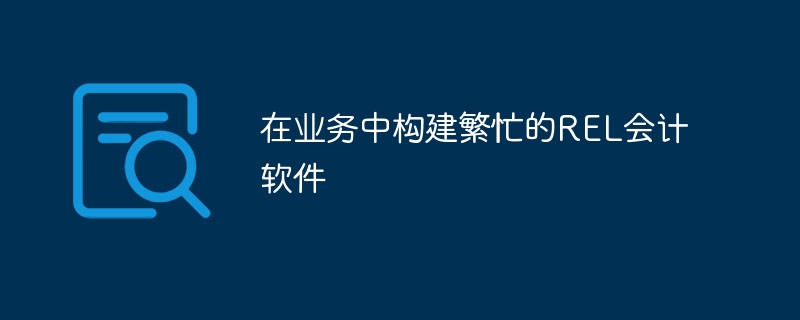
高效的财务管理对企业和个人都至关重要。无论是追踪支出、记录交易还是生成财务报表,一个可靠的会计系统都必不可少。本文将指导您使用Python构建一个简易高效的会计软件,帮助您轻松处理基本的会计任务。
为什么要构建自己的会计软件?
现成的会计软件琳琅满目,但构建自己的软件能满足您的个性化需求,并能更深入地理解财务流程。此外,这也是学习Python编程和软件设计极佳的途径。
软件功能
我们的会计软件包含以下核心功能:
- 账户管理: 创建和管理多个账户(例如现金、银行、收入等)。
- 交易记录: 记录存款、取款和账户间的转账。
- 余额计算: 自动计算每个账户的余额。
- 交易历史记录: 记录所有交易,方便审核和报表生成。
- 报表生成: 生成账户、余额和交易历史记录的汇总报表。
工作原理
该软件采用Python语言,并遵循面向对象的设计原则。主要组件如下:
- 账户类 (Account): 代表单个账户,存储账户名称、余额和交易历史记录,并提供存款、取款和转账方法。
class Account:
def __init__(self, name, initial_balance=0):
self.name = name
self.balance = initial_balance
self.transactions = []
def deposit(self, amount):
if amount < 0:
raise ValueError("Deposit amount must be positive.")
self.balance += amount
self.transactions.append(f"Deposited: +{amount}")
def withdraw(self, amount):
if amount < 0:
raise ValueError("Withdrawal amount must be positive.")
if amount > self.balance:
raise ValueError("Insufficient balance.")
self.balance -= amount
self.transactions.append(f"Withdrew: -{amount}")
def transfer(self, amount, target_account):
if amount < 0:
raise ValueError("Transfer amount must be positive.")
self.withdraw(amount)
target_account.deposit(amount)
self.transactions.append(f"Transferred: -{amount} to {target_account.name}")
target_account.transactions.append(f"Received: +{amount} from {self.name}")
def get_balance(self):
return self.balance
def get_transaction_history(self):
return self.transactions
本文地址:http://letuie.cn


